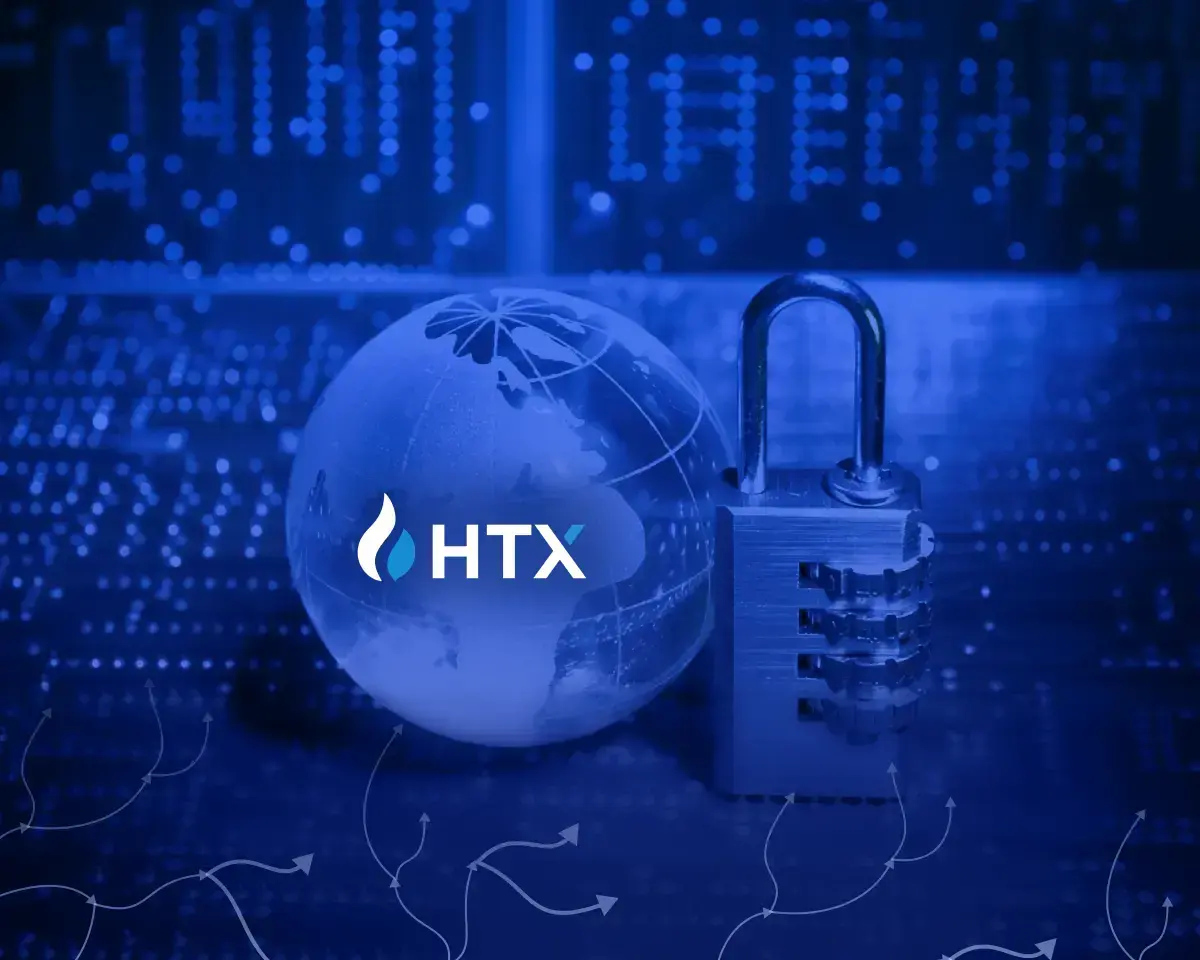As stablecoins continue to gain traction globally, crypto industry leaders in both the United States and Canada are stepping up pressure on lawmakers to modernize regulatory frameworks. In Washington, Coinbase CEO Brian Armstrong joined dozens of crypto founders to advocate for the passage of the GENIUS Act, which would establish federal rules for stablecoins as payment instruments. Meanwhile, in Toronto, NDAX COO Tanim Rasul criticized Canada’s current approach, arguing that treating stablecoins as securities has hindered innovation and placed the country at odds with international norms. Crypto Founders Flock to Washington as Stablecoin Bill Faces Another Crucial Senate Vote The crypto industry is making its presence felt in the US Capitol as dozens of blockchain and fintech founders descend on Washington to urge lawmakers to pass a long-awaited stablecoin regulation bill. The move comes amid renewed hopes that the Guiding and Establishing National Innovation for US Stablecoins (GENIUS) Act could finally clear the Senate after a failed attempt last week. Coinbase CEO Brian Armstrong, one of the most prominent figures in the digital asset space, posted from the Capitol rotunda on May 14, revealing that roughly 60 crypto founders had gathered in D.C. to rally behind the GENIUS Act and a companion market structure bill currently making its way through the House of Representatives. “Like any good negotiation, there’s a lot of details to work out at the last minute,” Armstrong wrote in his post on X. “But we’ve been stressing the urgency of this.” The GENIUS Act, designed to establish federal rules for the issuance and operation of US-backed stablecoins , fell short of the 60 votes needed to advance in the Senate on May 8 due to a lack of Democratic support. However, Armstrong indicated that another vote could come again, suggesting lawmakers are working around the clock to secure the additional votes needed to overcome the Senate’s filibuster threshold. The Senate resumed procedural consideration of the bill on May 12, signaling that it remains a live issue on the legislative agenda. Still, passing the bill remains an uphill battle in an election year already fraught with partisan friction. Political Roadblocks: Trump’s Crypto Ties One of the main sticking points for Democrats appears to be President Donald Trump’s deepening involvement in crypto, particularly his meme coin — TRUMP — and his family-linked venture, World Liberty Financial. Several Democratic lawmakers have demanded that any crypto legislation include explicit provisions to prevent the president from financially benefiting from legislation he could indirectly influence. A Democratic staffer said recently that there had been “no indication” that Republicans planned to address these concerns. A person familiar with the negotiations added that including any carve-outs for Trump or his companies would likely be unconstitutional and could trigger significant legal challenges. This political entanglement adds a new layer of complexity to an already delicate bipartisan effort to regulate the stablecoin market — a sector now seen as a critical bridge between traditional finance and decentralized digital assets. With Republicans holding only a slim majority in both the Senate and the House, bipartisan support is essential to move any crypto-related bills forward. In the previous legislative cycle, some Democrats crossed the aisle to support digital asset regulation, arguing that clear rules were needed to prevent innovation from fleeing overseas. But in the post-2024 election environment — especially with Trump back on the national stage — bipartisan cooperation on crypto has grown more complicated. Representative French Hill, speaking at the Consensus 2025 conference in Toronto on May 14, acknowledged the challenge. “Despite the politics around the TRUMP meme coin and crypto investments — that has definitely made our work more complicated — I still argue that behind the scenes, you've got constructive members on both sides of the Capitol and in both political parties working to find consensus,” he said. Industry Urgency and Washington’s Reality The show of force from crypto industry leaders this week shows the urgency many feel to secure regulatory clarity for stablecoins. With US fintech firms, blockchain startups, and major exchanges like Coinbase pushing for clear guidelines, the lack of progress has become a source of frustration — and uncertainty — for both investors and entrepreneurs. Without federal regulation, stablecoin oversight remains a patchwork of state laws and ad hoc enforcement actions by agencies like the SEC and CFTC. This fragmented approach, critics say, is stifling innovation and pushing capital to friendlier jurisdictions abroad. If the GENIUS Act fails again, it could be months before another opportunity arises to regulate the industry in a meaningful way — especially if the 2025 presidential election reshapes the balance of power in Washington. For now, the future of US stablecoin regulation hangs in the balance — suspended between political intrigue, constitutional concerns, and the growing demand for digital financial infrastructure. NDAX COO Slams Canada’s Stablecoin Regulations, Urges Shift Toward EU-Style Framework In related news, Tanim Rasul, Chief Operating Officer at Canadian crypto exchange NDAX, has issued a sharp critique of Canada’s regulatory treatment of stablecoins , arguing that the country took the wrong approach by classifying them as securities and calling for urgent reform in line with global standards. Speaking on May 13 at the Blockchain Futurist Conference in Toronto, Rasul emphasized that Canada's rigid stance has placed it at odds with the direction taken by most major economies, particularly the European Union. The EU's Markets in Crypto-Assets (MiCA) framework, which recognizes stablecoins primarily as payment instruments, offers a model Canada should follow, Rasul said. “I’m sure the regulators are wondering if this was the right choice to approach stablecoins as a security,” Rasul told a packed panel on Canadian Web3 regulation. “I would just say, look at MiCA, look at the way they’re approaching stablecoins. It’s a payment instrument. It should be regulated as such.” Canada's restrictive approach to stablecoins emerged in the wake of the 2022 crypto market meltdown, triggered by the collapse of FTX. In December 2022, the Canadian Securities Administrators (CSA) formally classified stablecoins as “securities and/or derivatives,” significantly tightening oversight on platforms offering these digital assets. The CSA followed up in 2023 with two additional regulatory updates in February and October, further defining stablecoins as “value-referenced crypto assets.” These rules subjected stablecoin issuers and trading platforms to a compliance framework similar to that applied to traditional securities — a move that many in the industry believe stifled innovation and pushed major players out of the market. Exodus of Crypto Giants Canada’s hardline regulatory posture has already had tangible consequences. A slew of major global crypto companies — including Binance, Bybit, OKX, Paxos, and Gemini — have scaled back or completely withdrawn from the Canadian market over the past two years. Gemini, for example, announced in September 2024 that it would wind down its Canadian operations, citing the evolving regulatory environment as the key reason. Bitstamp also cited timing and compliance issues for its own retreat. Despite this exodus, Canada’s crypto economy has continued to show resilience. According to Grand View Research, the Canadian digital asset sector generated $224 million in revenue in 2024, up from previous years. The industry is projected to grow at a compound annual growth rate of 18.6%, potentially reaching $617.5 million in annual revenue by 2030. The debate over how to regulate stablecoins is gaining traction worldwide as these assets increasingly serve as essential infrastructure in the digital economy. Stablecoins — typically pegged to fiat currencies like the US dollar or euro — offer a low-volatility on-ramp to crypto markets and a mechanism for remittances, decentralized finance (DeFi), and cross-border payments. According to data from DefiLlama, the global stablecoin market capitalization stands at $242.8 billion as of May 14, marking a 51.9% increase year-over-year. Stablecoin market cap (Source: DefiLlama ) Nation-states and regional blocs are increasingly stepping up their regulatory efforts. While the US continues to debate the GENIUS Act, the EU has forged ahead with MiCA, widely regarded as one of the most comprehensive digital asset regulatory regimes. MiCA’s treatment of stablecoins as electronic money-like instruments has won praise from both traditional financial institutions and crypto-native firms.



















